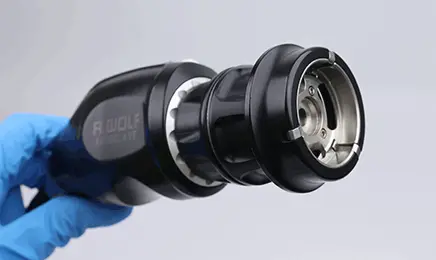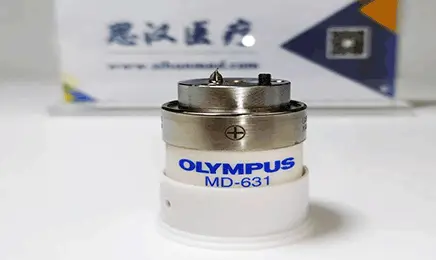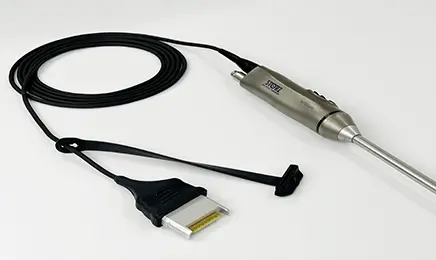Tel: +86-19906868508
E-mail: info@sihanmed.com
Tel: +86-19906868508
E-mail: info@sihanmed.com
Medical endoscope cameras are vital tools in modern diagnostic and surgical procedures. But with rising healthcare costs and increasing infection control concerns, hospitals and clinics must decide: Should they invest in reusable or single-use endoscope cameras? The answer depends on cost efficiency, durability, compliance with sterilization standards, and infection risks.
In this article, we break down four key considerations when deciding whether to reuse endoscope cameras—helping healthcare buyers make the smartest investment.
When budgeting for endoscopy equipment, healthcare administrators must weigh upfront costs vs. long-term value.
Reusable endoscope cameras have a higher initial price but can be reprocessed multiple times, leading to cost savings over time.
Single-use cameras eliminate reprocessing expenses but are more expensive per procedure in high-volume settings.
Additionally, reusable models must undergo strict disinfection, while disposables remove the risk of cross-contamination. The best choice depends on procedure volume and infection control policies.
Proper cleaning and sterilization are critical to ensuring patient safety. Reusable endoscopy camera must comply with FDA (USA) or CE (EU) regulations, which mandate:
Pre-cleaning at point of use to prevent biofilm formation
Manual or automated high-level disinfection (HLD)
Sterility testing and drying protocols to avoid residual moisture
Regular inspection for wear and damage
Failure to follow these protocols can lead to device failure or infection outbreaks—making compliance a top priority for hospitals.
The longevity of a reusable endoscope camera depends on:
Construction quality (fiber optic vs. digital sensors)
Maintenance practices (proper storage, careful handling)
Manufacturer specifications (some models last 500+ cycles, others degrade after 100)
Healthcare facilities should track usage cycles and plan for replacements before performance declines, ensuring consistent image quality and reliability.
Even with thorough reprocessing, certain damage makes reuse unsafe:
Cracked housing or lens fogging (traps bacteria)
Compromised seals or fluid invasion (leads to corrosion)
Diminished image clarity or sensor issues (affects diagnostic accuracy)
Hospitals should inspect cameras after each reprocessing cycle and retire devices that fail integrity tests—prioritizing patient safety over cost savings.
While reusable endoscope cameras offer long-term cost benefits, they require strict maintenance and tracking. Disposable cameras reduce infection risks but may be less sustainable for high-volume facilities.
For a cost-effective and compliant solution, healthcare providers should:
✔ Assess procedure volume
✔ Follow FDA/CE reprocessing guidelines
✔ Monitor device wear and replace as needed
By making data-driven decisions, hospitals can balance safety, efficiency, and budget in endoscopy operations.
Would you like assistance in sourcing reliable endoscope camera suppliers? Contact us today for certified refurbished or new options that meet regulatory standards!


